Bad information. There’s no magic weight loss plan, excellent exercise, or new gadgetry in these pages. Shocking for a put up about New Year’s resolutions, we all know. But our information to having a greater 12 months is void of gimmicks.
What you’ll discover: greater than 24 easy, expert-backed strategies you may start now to get you more healthy in body and thoughts this 12 months. Fair warning: Simple doesn’t imply simple.
Illustrations by Todd Detwiler for Men's Journal
1. Get Strong
It’s not that you just want to haul a mattress up a flight of stairs, nevertheless it’s good to know you may. Even nicer is having the muscle and cardiovascular energy to do it in your 50s or 60s. Functional actions—lifting, pushing, carrying heavy objects—are a measure of true strength, achievable by doing tried-and-true actions constantly.
Mattress apart, building muscle is vital to long-term health, defending nearly each system in your body. It’s additionally a strong instrument for the thoughts. Strength training appears to assist folks affected by depression, anxiousness, and different psychological points, suggests a paper from the University of Georgia. Here’s your information to getting robust, designed by Adam Rosante, a coach in New York City and creator of The 30-Second Body.
How It Works: Follow a 3-2-1 Breakdown
Resistance train three days per week, do high-intensity interval training twice per week, and do low-intensity regular state training as soon as per week. Rosante recommends sticking to this breakdown for 4 weeks, then reassessing and adjusting accordingly. Play the lengthy recreation and tinker along with your exercise schedule till it matches into your life. That means you don’t want to work out six days per week; as an alternative, double up and do half-hour of resistance adopted by a 20-minute HIIT treadmill exercise or a 30- to 45-minute low-intensity brisk stroll to examine off two separate workouts.
3 Days a Week: Resistance Training
There are eight fundamental motion patterns: squat, hinge, lunge, push, pull, rotational, anti-rotational, and carry. Each exercise, select 4 or 5 strikes from the next record. Swap actions as desired, like subbing in pullups for inverted rows, or goblet squats for entrance squats. Perform 3–4 sets of 8–10 reps utilizing a weight that permits you to full all of the reps however no extra. Hit the entire patterns a minimum of as soon as per week.
The first spherical of strikes are:
- Front Squat
- Deadlift
- Reverse Lunge
- Pushup
- Inverted Row
- Wood Chopper
- Pallof Press
- Heavy Suitcase Carry
The Plan
Jot down a plan that’ll carry you thru the subsequent 3 to 4 weeks. Include which strikes you’ll do on every of three days, and sketch out weights, sets, and reps. Log workouts as you go to observe progress. It’ll take about 2 or 3 weeks to really feel stronger.
After 3 to 4 weeks, change issues up. Create a brand new exercise based mostly on the basic motion patterns. Try new weights, like switching dumbbells for kettlebells, or making an attempt out sandbags and ViPRs. Do that for 3 or 4 extra weeks. You can preserve this up all 12 months.
If you need assistance figuring out the very best exercises per body half, heed our guides:
- 50 Best Abs Exercises
- 50 Best Arms Exercises
- 50 Best Legs Exercises (Also see 30 Best Hamstrings Exercises and 15 Best Calves Exercises)
- 50 Best Back Exercises
- 20 Best Glutes Exercises
- 50 Best Shoulder Exercises
2 Days a Week: High-Intensity Work
Examples: Airdyne Bike, Hill Repeats, Lap Swimming
HIIT workouts rev your coronary heart charge to 80–95 p.c of your max. If you don’t have a heart-rate monitor, your effort degree ought to really feel like an 8 out of 10. Go exhausting 10–15 seconds, then again off to a decrease depth for 20 seconds to a minute. Continue alternating for up to 20 minutes.
1 Day a Week Low-Intensity Work
Examples: Casual Bike Ride, Leisurely Hike, Restorative Yoga
Move, however take it simple. Your max effort ought to be a 3 to 6 out of 10. It’s a very good alternative to do one thing low-key with your loved ones.
Illustrations by Todd Detwiler for Men's Journal
2. Prioritize Sleep
Just like higher exercise gear, bed room gear and the suitable sleep routine may help to optimize sleep, says Terry Cralle, a registered nurse with the Better Sleep Council. Here’s the place to start:
Replace Your Pillows
Do this each two years. Pillows get smushed over time, they usually carry microbes and mud, which might trouble folks with allergy symptoms or respiratory sensitivities.
Get a White Noise Machine
Even should you don’t completely get up, noise at evening can fragment your sleep, which is why you may technically get sufficient shut-eye however nonetheless get up drained. A sound machine could make all of the distinction in the world.
Go Dark
“It’s so important to have a completely dark sleeping environment and prevent light leakage from disturbing your sleep,” Cralle says. That means turning your digital alarm clock to face the wall, turning off hallway lights so nothing comes beneath the bed room door, and putting in blackout curtains.
Aim for 7.5 Hours
That’s the approximate quantity of hours of sleep a person wants per evening, in accordance to a consensus of sleep consultants. If you’re not a terrific sleeper, medical doctors typically suggest making an attempt pure sleep cures earlier than searching for a prescription. Try sipping tart cherry juice, which incorporates naturally occurring melatonin—a sleep hormone. Look for a sort that doesn’t have added sugar. We like Cherrish, a mix of Montmorency (tart) and Bing (candy) cherries—96 per bottle. Drink some two hours earlier than mattress.
Illustrations by Todd Detwiler for Men's Journal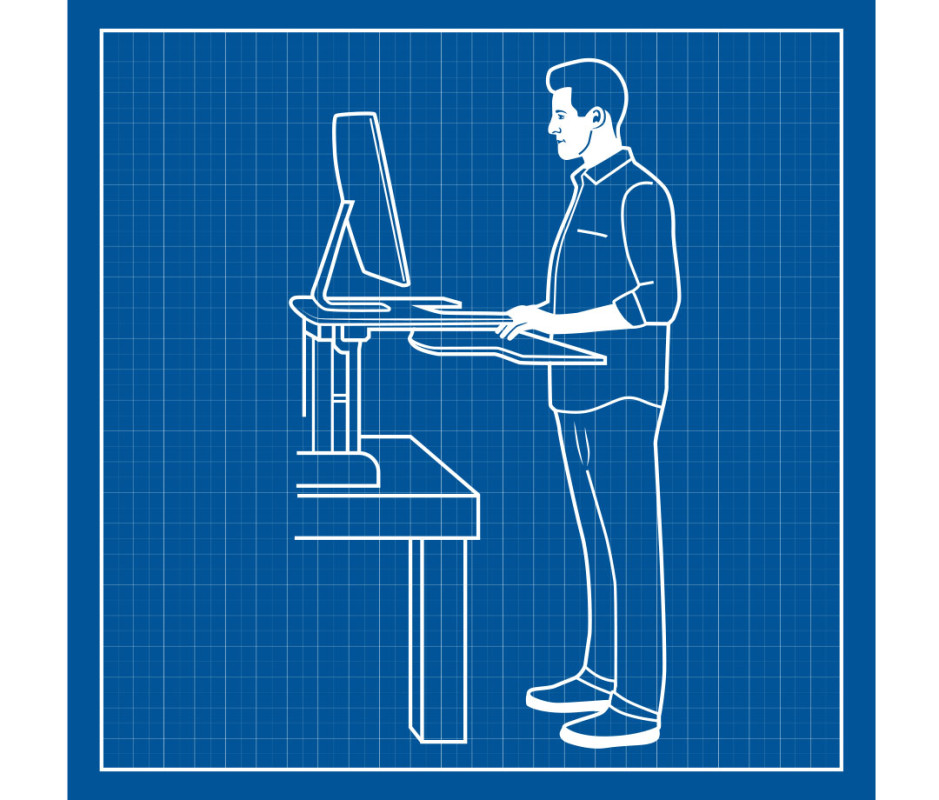
3. Get Off Your Ass
American adults spend greater than three-fourths of their waking hours in sedentary actions like sitting, in accordance to a research of almost 8,000 folks. Too a lot sedentary time is a big health hazard, linked to heart problems, diabetes, and untimely loss of life.
Assuming you may’t give up your desk job, strive to fluctuate your postures and transfer extra. For a start, we suggest an adjustable standing desk. They might be dear, so examine if your organization has a company wellness program to foot the invoice. If not, the model Fully has a simple standing desk converter for $149.
To preserve your day energetic, alternate 8 minutes standing with 20 sitting and a pair of minutes of motion like strolling or light stretching, says Margaret Hanson, an ergonomist on the U.Ok. consulting firm WorksOut.
Illustrations by Todd Detwiler for Men's Journal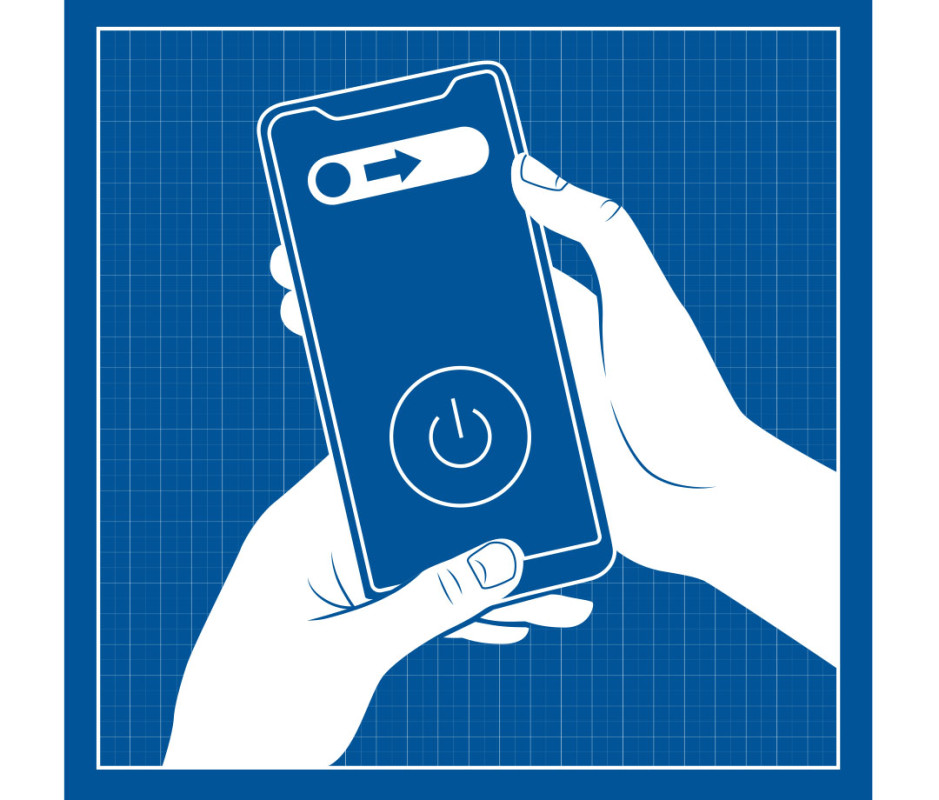
4. Take a Tech Break
This is the 12 months you cease permitting gadgets to run your life. Tech can harm sleep, productiveness, relationships, and psychological well-being. There’s much more motive to do it you probably have a household. Get in the behavior of cordoning off your smartphones.
Do a 20-minute e mail check-in proper after dinner, decrease weekend display screen time, and put telephones on Do Not Disturb if you’re out doing actions—callers who ring twice will get put by way of, so that you received’t miss emergencies.
If you’re uncertain whether or not you’re an addict, see what it’s like to go with out tech. Leave your telephone at residence if you go for a run, or come out for groceries. How uncomfortable you might be untethered provides you an concept of your dependency. We’re not suggesting you give it up fully. Emails want replies; Google Maps is a lifeline. But it’s healthy to take day without work. Consider a digital-detox trip—go someplace with spotty or no service to reconnect with nature.
Illustrations by Todd Detwiler for Men's Journal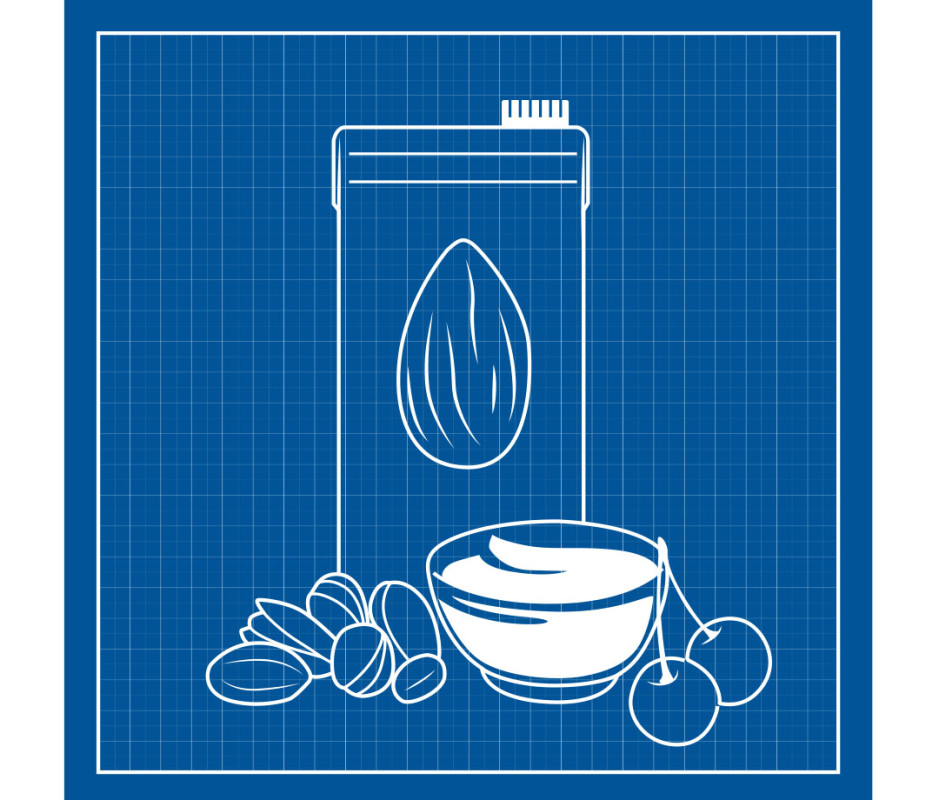
5. Eat a Legit Breakfast
Yes, the Starbucks Spinach, Feta & Cage Free Egg White Wrap is nice in a pinch, however quick and hassle-free meals at residence are completely doable. There are a couple of standards to a very good breakfast, in accordance to Willow Jarosh, a registered dietitian in New York City. It ought to be sturdy sufficient to carry you thru workouts or the primary a part of your day, and comprise a very good stability of macronutrients in addition to healthy produce—greens, if doable. Here are three of her prime picks.
Overnight Oats
The idea is easy. In a mason jar or different sealed container, mix rolled oats, milk or yogurt (which softens the oats), some add-ins like nuts, dried or contemporary fruit, plus spices or vanilla extract. Seal and refrigerate. The subsequent morning, stir and eat. Or portion out a number of on Sunday to have by way of the week. Here’s our go-to combo:
How to Make Cherry-Pistachio Overnight Oats
- 1⁄2 cup 2 p.c milk
- 1⁄2 cup plain lowfat yogurt
- 1⁄2 cup rolled oats
- 1⁄2 cup frozen cherries, thawed
- 1⁄4 cup unsalted pistachios
- Season with orange zest, floor cinnamon, and floor ginger to style
Breakfast Fried Rice
If you’re already in the behavior of cooking a second portion of dinner to eat for lunch, do the identical for breakfast. Make an additional cup of grains—reminiscent of quinoa or brown rice—plus a giant serving to of greens. In the morning, crack two eggs in an olive oil–coated pan, and scramble with the leftover grains and veg. Top with sliced avocado and sriracha. Make it to-go and roll in a tortilla for a breakfast burrito.
Low-Sugar Smoothies
Don’t balk if you learn this recipe and see cauliflower. It’s scrumptious in smoothies, including a thickness akin to ice cream (significantly). And it’s full of nutritional vitamins and fiber for satiety. To minimize down on time in the a.m., at evening toss every part besides the banana and cauliflower in the pitcher of a blender and refrigerate. Then in the morning, add produce, blitz, and luxuriate in.
How to Make a Pumpkin Pie Smoothie
- 3 ounces firm tofu (about 1⁄2 cup cubed)
- 1 cup 2 p.c milk
- 1 massive ripe banana
- 1 tbsp raisins
- 1⁄2 cup pumpkin puree
- 1⁄2 cup frozen cauliflower (don’t thaw)
- 2 tbsp almond butter
- Season with pumpkin pie spice, turmeric, and pepper
Illustrations by Todd Detwiler for Men's Journal
6. Talk About Your Feelings
If you haven’t heard the information, it’s good to speak to somebody about what’s occurring. Even higher should you can start a dialogue when issues are steady and going properly. “It’s about building a connection to a professional who knows your story before things get tough, so they can actually help you in that moment,” says Kelli Harding, M.D., a psychiatrist in New York City and creator of The Rabbit Effect. But discovering an hour a couple of instances a month generally is a separate problem. If that’s what’s standing in your method, strive telemedicine companies, which facilitate video chats with licensed therapists. (We like Talkspace.) Check along with your insurance coverage—many have telemedicine choices, so that you keep away from the rigmarole of insurance coverage approvals and co-pays. While these companies are handy, they’re not a complete alternative for in-person interactions, Harding provides. And be a little bit affected person with the method. You might have to store round for a person you’re comfy with, which is the important thing to a profitable, sustained relationship.
Illustrations by Todd Detwiler for Men's Journal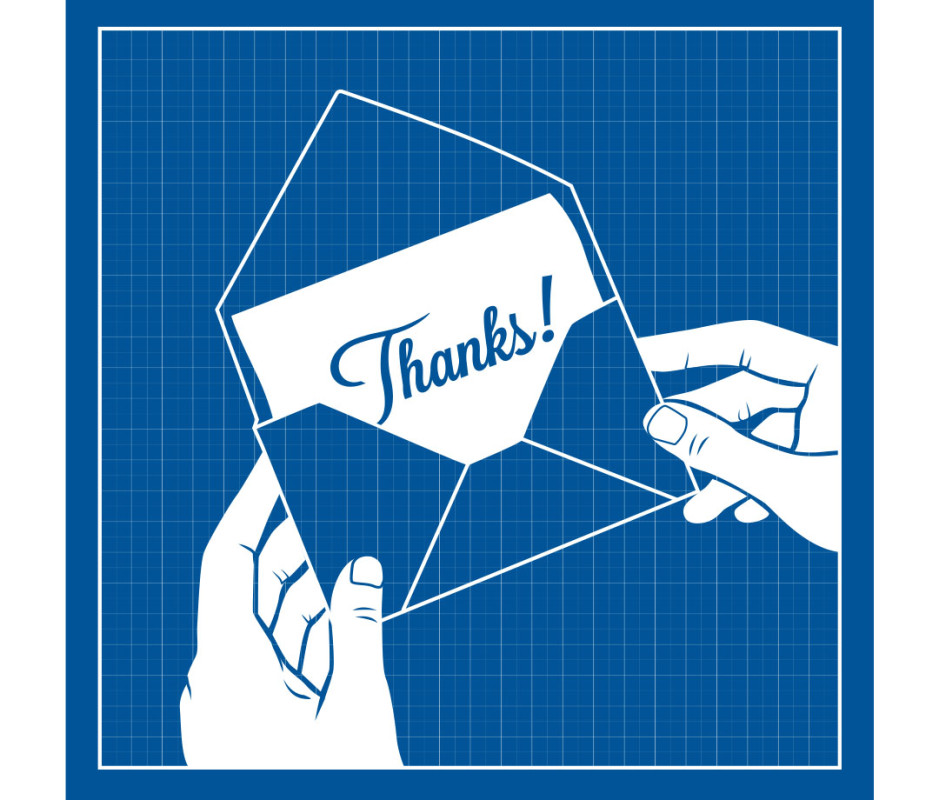
7. Embrace Gratitude
Saying “thank you” isn’t only a social norm. It’s bodily good for you. “Kindness and gratitude impact health on a physiological level,” says Harding. “Studies show practicing gratitude lowers blood pressure, boosts immune system and energy levels, and helps you sleep better. The vast majority of our health is actually being determined by positive connections to other people.” Maybe practising gratitude sounds touchy-feely, nevertheless it’s merely expressing thanks—to a coworker who had your again in a gathering, to your children for cleansing up their rooms, or to a buddy who picked up the bar tab. If you’re not up for a public airing of gratitude, do this: Before you go to mattress, jot down three belongings you’re grateful for in a pocket book or in your telephone, and replicate on it for a couple of minutes. Research suggests it could really allow you to sleep higher.
Illustrations by Todd Detwiler for Men's Journal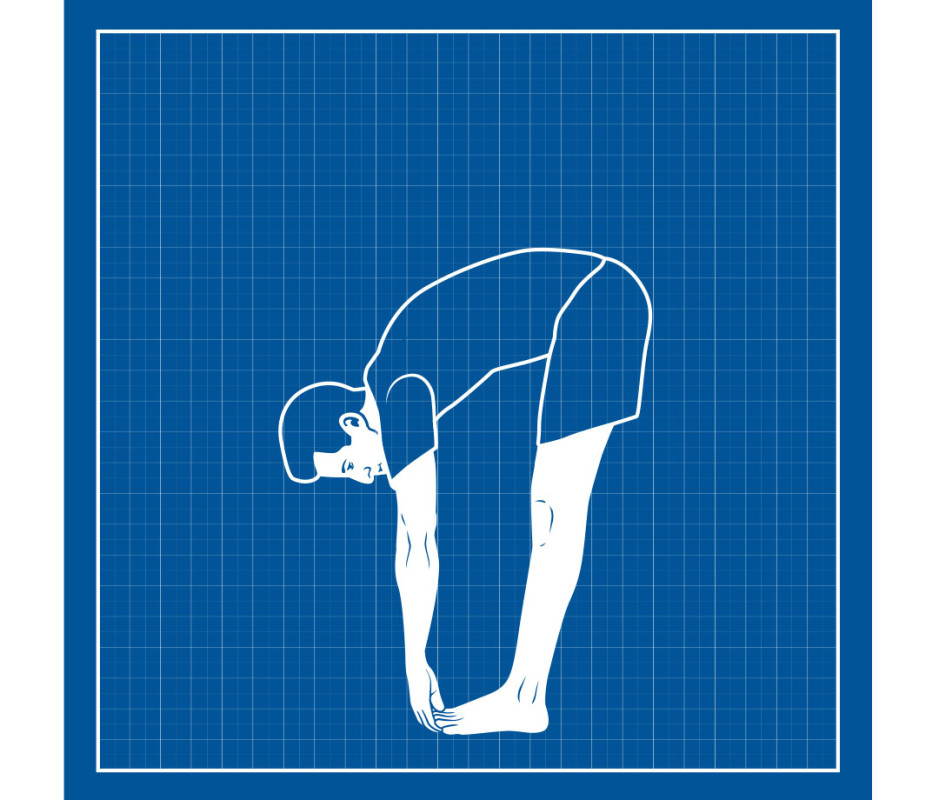
8. Touch Your Toes
Mobility is the muse of all bodily exercise, nevertheless it’s the very first thing folks neglect once they’re quick on time. To transfer properly, you want healthy muscular tissues and ligaments, in addition to good vary of movement inside the body’s key joints, says Austin Martinez, director of schooling for StretchLab in Southern California.
But how cell are you, anyway? Touching your toes is an efficient tough guideline. “It’s a way to measure progress towards increasing mobility over time,” Martinez says. “How hard it is to actually reach your toes varies person to person, but the more frequently and consistently you’re stretching toward this goal, the easier it will be.”
Improved flexibility, mobility, and vary of movement have been proven to lower the chance of damage, particularly key should you’re an energetic person (assume runner, skier, hiker). Get a baseline measure: Fold ahead, preserving again straight, and see how shut to your toes your fingers get. Then do that three-move routine as soon as a day. Test your toe-touch progress as soon as per week.
10-Minute Mobility Routine
1. Seated Straddle
What It Works
- hamstrings and decrease again
How to Do It
- Sit on flooring, legs locked out in a V place, toes pointed up.
- Reach ahead with each palms, permitting a slight bend in decrease again whereas partaking core.
- Hold for 30 seconds, then again off. Repeat twice.
2. Pigeon Pose
What It Works
- piriformis (a muscle at prime of hip joint), glutes
How to Do It
- Kneel and place palms on flooring in entrance of knees.
- Slide left leg behind you so knee and shin are flat on flooring.
- Bend proper leg, with knee pointed at a forty five diploma angle, proper heel underneath left hip.
- Walk palms out in entrance of body, resting chest over proper knee.
- Hold for 30 seconds, launch, then change sides. Repeat twice.
3. Hip Flexor Stretch
What It Works
- hip flexor
How to Do It
- Kneel, then carry proper leg and place foot on floor.
- Keeping again straight, squeeze left glute, shifting torso barely ahead, with out chest tipping over.
- Hold for 30 seconds, then change sides. Repeat twice.
Illustrations by Todd Detwiler for Men's Journal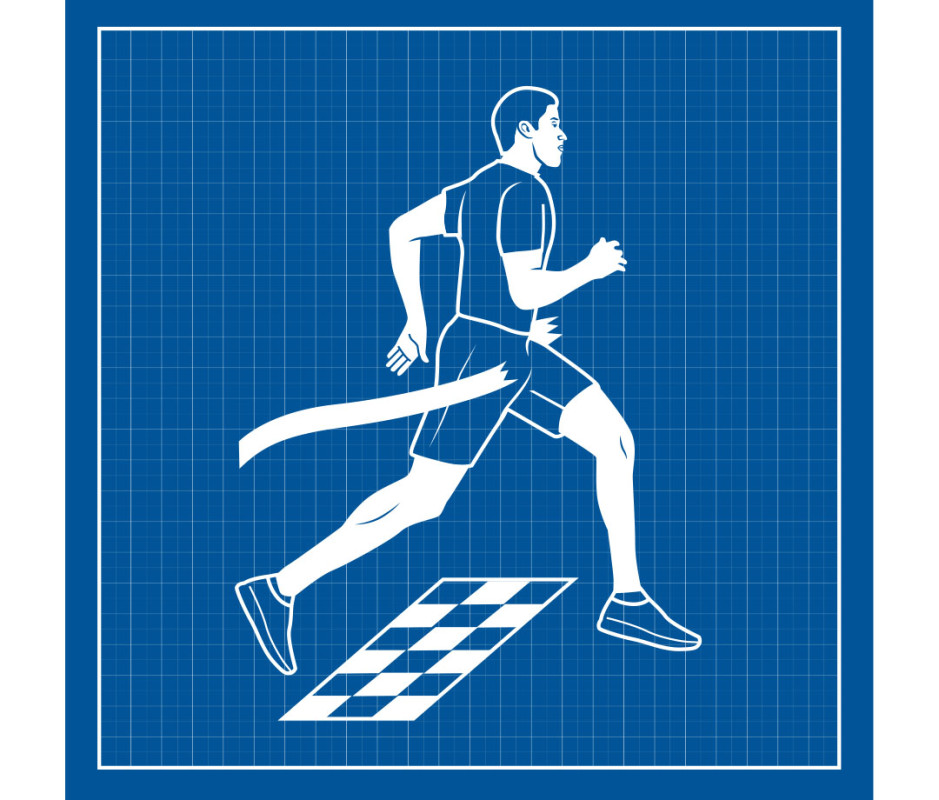
9. Finish What You Start
The essential promoting level of multitasking is that it’s environment friendly. But we’ve been offered a invoice of products. “Your brain can’t focus on multiple attention-requiring tasks at the same time,” explains Dave Crenshaw, creator of The Myth of Multitasking.
“Every time you do that, you’re actually switching back and forth between tasks.”
And toggling can price as a lot as 40 p.c of somebody’s productive time, in accordance to analysis cited by the American Psychological Association. Tasks take longer, there’s extra room for errors, and stress ranges rise, Crenshaw says.
These breakdowns can have a destructive impact in your working relationships with colleagues, too. Stop utilizing to-do lists. Instead, make scheduled commitments to full duties in your calendar. Leave loads of unscheduled buffer time in order that when interruptions happen—and they’ll happen—there’s time to take care of them however nonetheless keep on schedule.







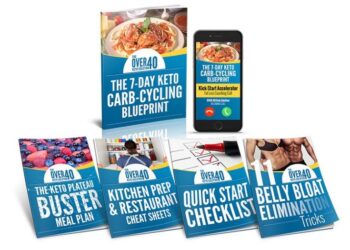









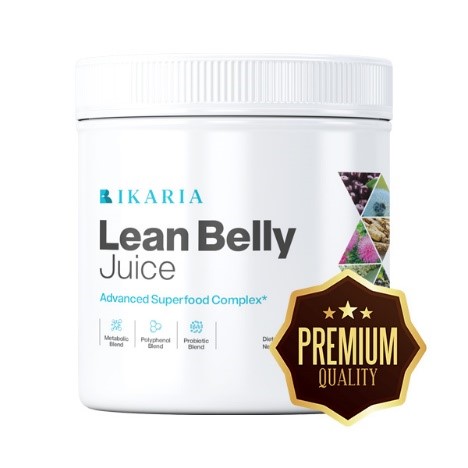
Discussion about this post